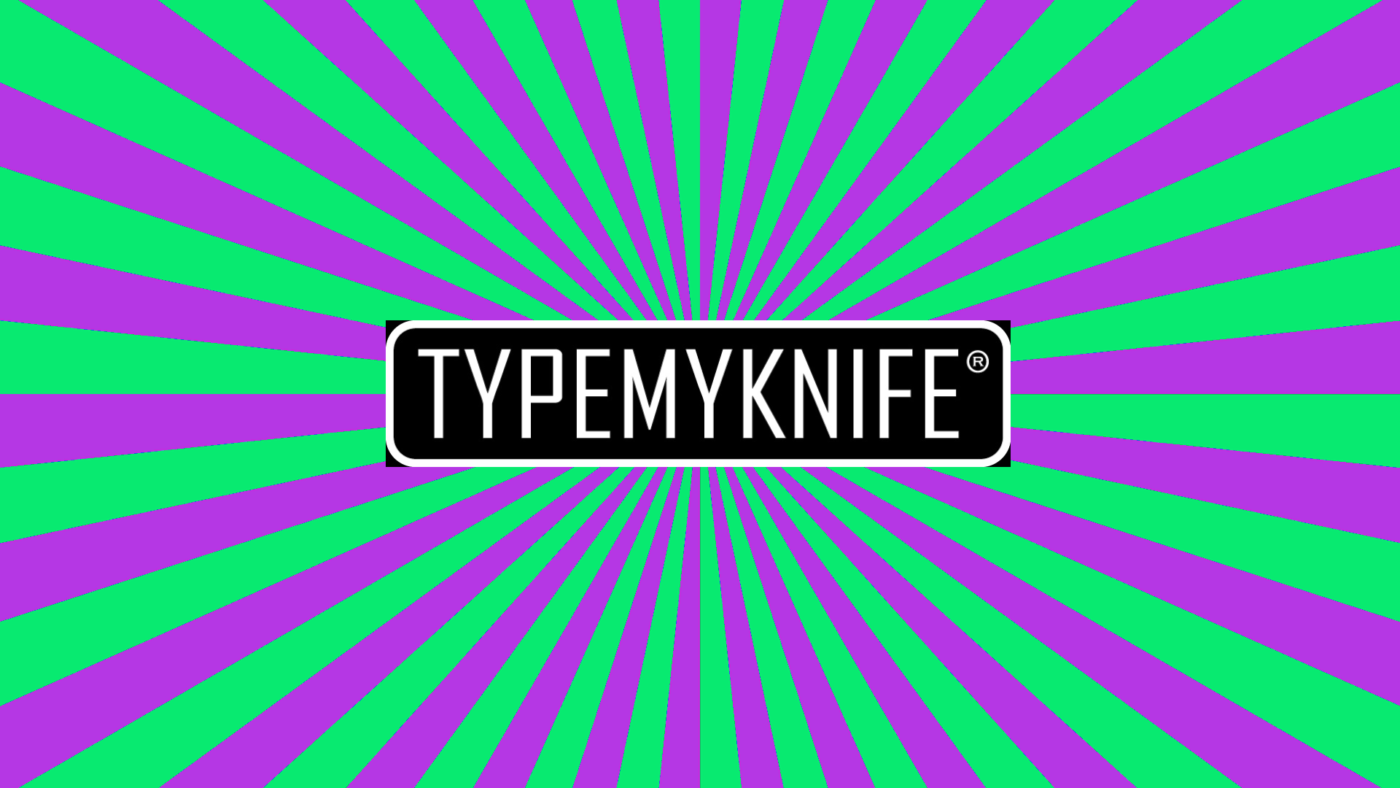What an engraving LASER can do Part 2: Cutting and welding</span >
The invention of the laser, i.e. the creation strong beam of light dates back to the early 1960s.
Since then, the power of this light beam has increased enormously and the areas of application have become very diverse.
In the metal industry, there are three major areas. Laser welding, laser cutting and, very important for TYPEMYKNIFE, laser engraving.
Laser cutting offers a whole range of advantages over conventional metal cutting methods.
Cut
Previously
Sheets used to be punched out or cut to size using gas with a cutting torch. Stamping requires a complex stamping die, so it is only worthwhile for larger quantities. Cutting and burning requires a high use of cutting gases such as oxygen and acetylene.
The resulting heat leads to deformation and warping of the sheets. With so-called nibbling, a punch gnaws small tracks out of the sheet metal, separating the parts. This without CO2 and smoke development, but with mechanical stress and wear on the nibbler.
Today
laser-cutting
Today most cutting is done with high-power CO2 lasers. The laser beam source is fixed. The beam is directed into flying optics via a reflecting telescope. This can be driven on two axes in each figure to any point on the sheet. Or be brought into any position by a robotic arm.
Cutting Process
The beam, which is very powerful for laser cutting, is diverted between the laser beam source and the focusing optics via water-cooled mirrors. The high-quality mirrors are often gold or molybdenum-coated and consist of pure copper or silicon to avoid being damaged by the laser beam.
When cutting with solid-state and fiber lasers, they also send their light beam over long distances through fiber optic cables.
At the same time as the actual cutting with the laser beam, a cutting nozzle is still in use, through which a process or blowing gas is pressed at high pressure.
The gas protects the lens of the laser from dirt and at the same time blows the burnt material out of the resulting joint.
Laser welding
The classic well-known welding process consists of liquefying two metals at the weld point using high heat and connecting them with the melt. Often the same metal is added to the weld as filler material in the form of wires, rods or powder.
Previously
Did the blacksmith produce the sweating temperature in the fire of his forge
The welding flame is later fed with welding gas such as oxygen and acetylene gas.
With arc welding under protective gas, all metals can be welded using CNC-controlled axes or robots.
Today
Is laser beam welding used industrially for all metal components. The big advantage: high speed, absolute precision, narrow weld seams and little distortion.
In most cases, laser welding does not require the addition of additional material.
Even with laser welding, the radiation generated in the laser is focused with an optic.
The abutting edges of the workpiece to be welded are brought close to the focus of the optics, the so-called focal spot. Depending on the requirement, this focal spot is above or below the metal surface. A welding laser has an output of a few kilowatts, so the temperature at the welding point rises very quickly above the melting point of the metal.
The melt coalesces. To prevent oxidation, the welding process is gassed with pure argon. Argon is heavier than air, displacing the oxygen that would cause oxidation.
Advantage
With the right power and speed, the laser beam can liquefy thinner material much more deeply and thus produce significantly better welding results than the classic electric welding process. The welding quality can be assessed live online using optical devices.
In order to further reduce distortion, resistance spot welding is often used today. Small welding beads are set at intervals like brackets.
In order to achieve even better welding results, laser welding is combined with the inert gas welding process.
The laser engraving or annealing.
We at TYPEMYKNIFE engrave kitchens and especially chef’s knives with our specially developed 3D laser engraving process. More on this in Part 3 Laser Engraving
TYPEMYKNIFE® 2021
3D Laser Gravur für Messer by TYPEMYKNIFE®

